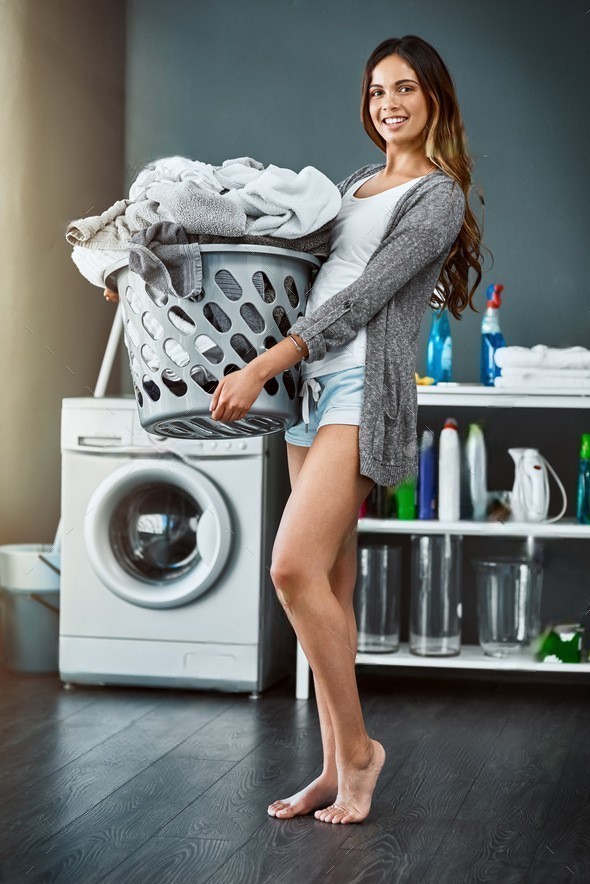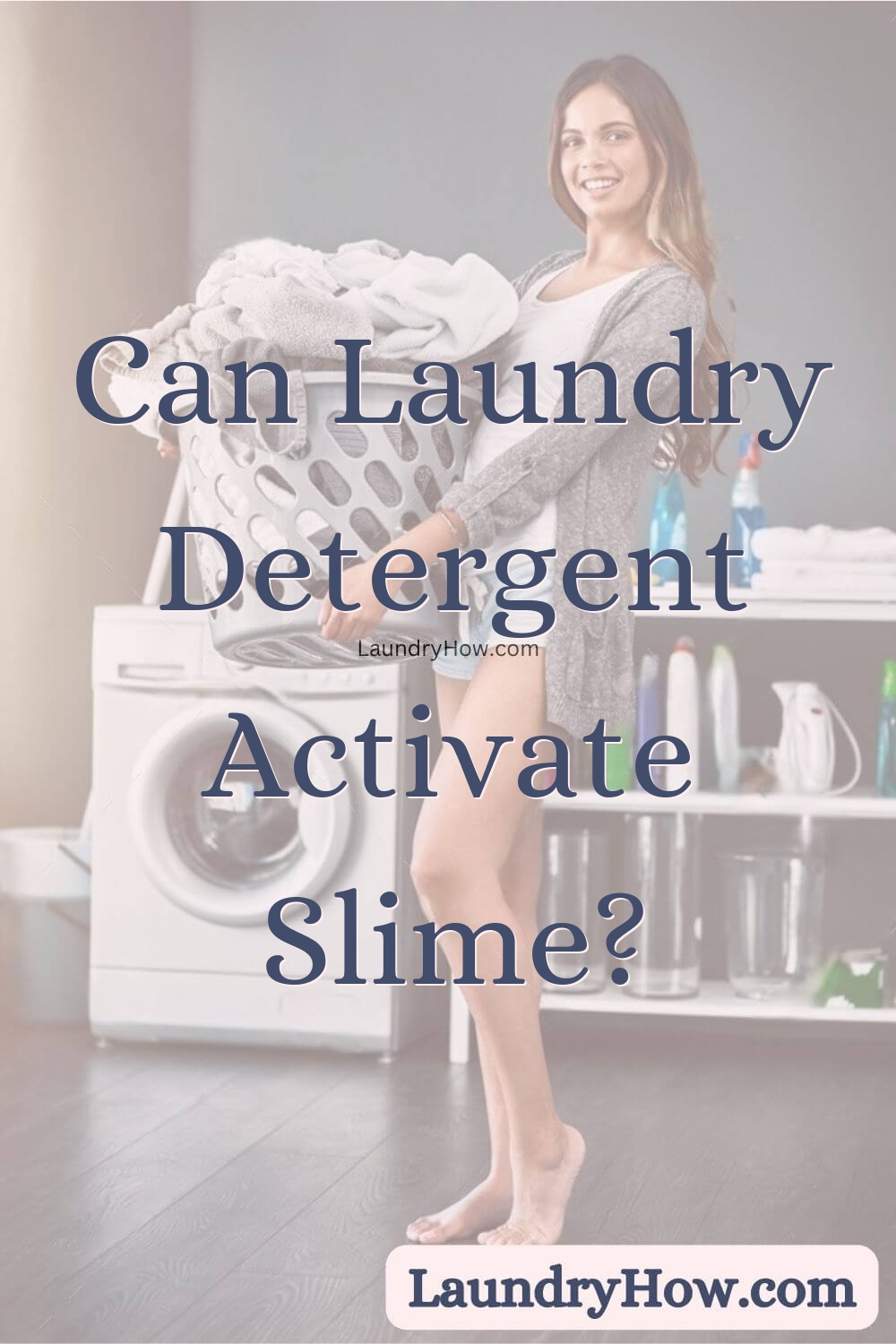A Fizzy Reaction
Laundry detergent and slime certainly make an interesting pair. If you’ve ever wondered if mixing these two common household items results in any unique reactions, you’re not alone. Many creative kids – and kids at heart – have tried combing detergent and slime to see what happens. The short answer is yes, laundry detergent can activate slime in some fun and fizzy ways. Read on as we explore the science behind this sudsy experiment.
How Detergent Interacts with Slime
Slime is a polymer, which means it’s made up of long chains of molecules linked together. Popular recipes call for mixing glue or borax solutions with liquids like water or glue to create the gummy, stretchy texture we know and love. Laundry detergent contains chemicals called surfactants that allow it to mix with water and grease, helping remove stains and dirt from fabric.
When we add laundry detergent to slime, a few things happen:
Activating the Ingredients
The surfactants get to work right away activating the ingredients within the slime polymer chains. They interact with the positive and negative charges holding the polymer together, causing the chains to detach and move around rapidly.
Releasing Air Bubbles
As the polymer chains separate and get disturbed by the surfactant molecules, pockets of air get whipped into the slime mixture. These air bubbles expand and foam up.
Causing a Chemical Reaction
The surfactants and polymers combine to create a chemical reaction that releases gas, forming even more air pockets and foam. It’s all those bubbles that cause the active fizzing and bubbling we see when detergent meets slime!
Creating Fizzy Slime
Making foaming, reactive slime with laundry detergent is an easy, kitchen chemistry experiment you can try at home with kids. All it takes is a basic slime recipe, detergent, and a bowl.
Ingredients & Supplies
- Glue slime recipe or pre-made slime
- Laundry detergent (liquid or powder)
- Large bowl
- Spoon for mixing
Step-by-Step Method
- Make your favorite slime recipe or take out a batch of pre-made slime. Clear glue or white school glue both work well.
- Scoop the slime into a large bowl, leaving room to mix.
- Add a small spoonful of liquid laundry detergent or a pinch of detergent powder. Start with just a little bit – you can always add more.
- Using the spoon, mix the detergent into the slime, continuing to stir as the reaction takes place.
- Watch as bubbles form and the slime expands into a bubbly foam! The more you mix, the more the reaction will activate.
- Allow the foamy slime to settle before touching. Have fun picking it up and stretching the detergent-activated slime. Store in an airtight container when finished playing.
The amount of detergent you add will impact the intensity of the chemical reaction. Start with just a small amount and increase slowly for best results. Enjoy making batches of fizzy slime again and again!
The Science Behind Bubbly Slime
We’ve established that mixing laundry detergent into slime causes bubbly chemical reactions, but why exactly does this happen? Let’s break down the science at play.
Surfactant Effect
Surfactants are chemical compounds that lower the surface tension between liquids, allowing them to mix together better. Laundry detergent contains active surfactants like alkylbenzene sulfonates that get between the ingredients in slime and disrupt the charges keeping them bonded, making the polymer chains move around.
Gas Release
In addition to activating the slime ingredients so they detach and spread out, the surfactant and polymer chain interactions actually produce gas bubbles too. As they collide and reform chemical bonds, gas is released, just like mixing baking soda and vinegar produces CO2 bubbles. More bubbles mean more foamy action in the slime!
Oxidation Reactions
Exposure to oxygen in the air also contributes chemical reactions with the detergents, polymers, and water in the slime mixture. This oxidization process releases more gas, continuing the bubbly activity. The more bubbles get whipped in by stirring, the bigger the volume of the foam as oxygen reacts.
Creative Slime Experiments
Activating slime with laundry detergent opens up lots of bubbly mixture experiments to try. Here are some fun ideas:
- Add different types of detergent to compare reactions
- Mix detergent-activated slime with additional foaming ingredients like shaving cream or bath wash
- Layer fizzy slime on top of plain slime in a clear container
- Create a volcano-like effect by molding bubbles slime over a plastic bottle before the reaction starts
- Use detergent-activated slime in imaginative play – maybe to simulate a bubbly witch’s cauldron!
Let your creativity run wild coming up with silly sensory play ideas featuring foamy, reactive slime. Just be sure to keep the bubbly mixture away from eyes, nose, and mouths for safety. With some simple precautions, it makes creative science magic!
In Summary
It’s clear that yes, you can activate slime in delightful ways by introducing laundry detergent. The chemical properties of surfactants, polymers, oxygen, and more collide to produce a fizzy, foamy explosion of bubbles! It’s the perfect kitchen chemistry project to engage future scientists and satisfy slime lovers of all ages. Whip up a batch to see the soap-powered reaction yourself!
References
Slime Science Experiment. (2018). Science Buddies. https://www.sciencebuddies.org/science-fair-projects/project-ideas/Chem_p080/chemistry/slime-science-polymer-cross-linking
Oxidation Reactions. (2017). ThoughtCo. https://www.thoughtco.com/definition-of-oxidation-reaction-606805
Surfactants and How They Work. (2018). American Cleaning Institute. https://www.cleaninginstitute.org/understanding-products/chemistry/surfactants-and-how-they-work

Laura has had an enthusiasm for laundry ever since she was a teenager experimenting with wash cycles. She went on study textile science in college before working in product testing.
Soon, Laura found friends and family constantly asking her laundry advice, realizing she had become an unofficial laundry guru. The questions kept coming in, so Laura decided to start sharing laundry tips online to help more people. The enthusiastic response led her start the blog “Laundry How”.
Now in her late thirties, Laura uses Laundry How to tackle all kinds of laundry topics – stains, fabric care, detergents, and more. She provides advice from both her studies and experience testing techniques out firsthand. Laura continues to grow an engaged community of laundry learners, feeling fulfilled empowering people to make laundry an easy, confidence-building ritual rather than a dreaded chore.
